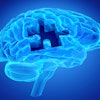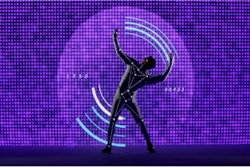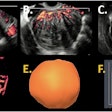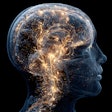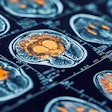Dear AuntMinnieEurope Member,
The early days of MRI continue to arouse controversy and divide opinion. The Maverinck has written extensively about the topic for many years, and in a new column to mark the modality's 50th anniversary, he recalls a meeting between two scientists that proved pivotal in the development of clinical MRI. Find out more in the MRI Community.
The European Society of Cardiology (ESC) annual congress should have opened in London today (27 August), but instead it's a fully digital event. Important imaging-related research is still being presented, and as a curtain-raiser, we have an article about how the evaluation of longitudinal strain by CT is fast emerging as a useful tool to stratify low-risk patients with pulmonary embolism.
Unilateral axillary lymphadenopathy is a frequent mild side effect of COVID-19 vaccination. The European Society of Breast Imaging has issued 10 recommendations to standardize patient management and reduce unnecessary imaging and invasive procedures in this area.
Injuries to the wrist are difficult to assess noninvasively, due to the wrist's small size and tricky anatomical structures such as intercarpal ligaments, the triangular fibrocartilage complex, and articular cartilage. However, a group from Lund University Hospital in Sweden found that 7-tesla MRI improves anatomical visualization and image quality over 3-tesla imaging, and this could lead to better detection and management of pathologies.
Finally, we have a report from the Netherlands. Artificial intelligence-based computer-aided detection software can be highly sensitive for detecting pulmonary nodules on CT exams in clinical practice, according to research published on 14 August in Clinical Radiology.




